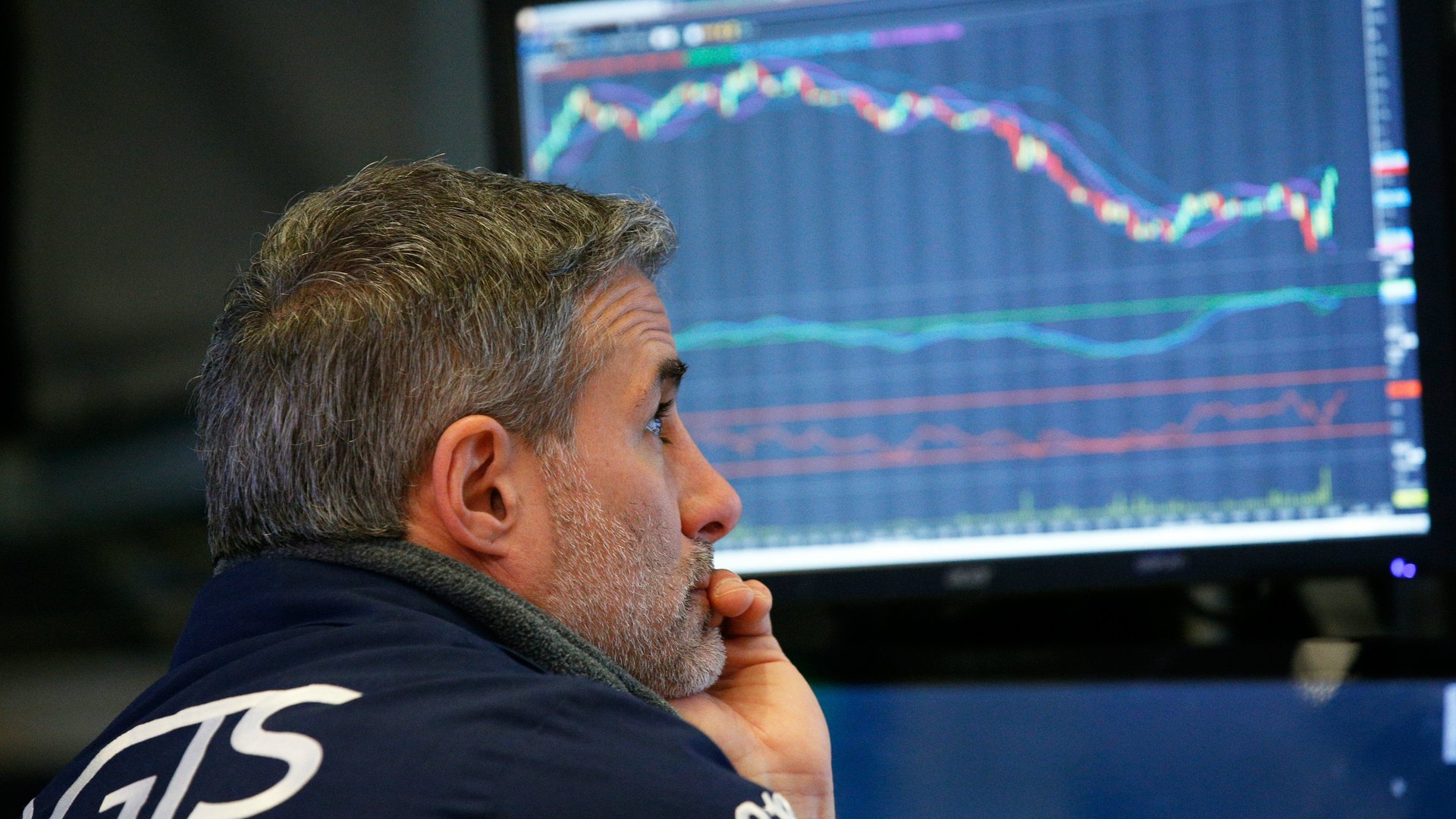Trump’s tax reform and budget could worsen the bond selloff that’s disturbing markets
US stock markets have just had their worst week in six years. A spike in volatility wiped out a few exchange-traded funds and sparked a global stock market rout. One of the factors behind the market’s stumble this week was a rapid rise in government bond yields. Higher interest rates indicated that inflation will increase, which raised the prospect that the US economy could overheat. If that happened, the Federal Reserve would need to tighten monetary policy faster to counteract it.


US stock markets have just had their worst week in six years. A spike in volatility wiped out a few exchange-traded funds and sparked a global stock market rout. One of the factors behind the market’s stumble this week was a rapid rise in government bond yields. Higher interest rates indicated that inflation will increase, which raised the prospect that the US economy could overheat. If that happened, the Federal Reserve would need to tighten monetary policy faster to counteract it.
This has all been bad news for the stock market. The theory goes that higher interest rates will lead to tighter financial conditions, constrict the flow of capital, dampen the economy, and thus reduce the demand for equities. Stock prices have been rising for years, and that one-directional nature gave the illusion of a safe asset with a decent return. But the signals from the bond market have lead equity traders to worry that it won’t be so straightforward in the future. (Even if you argue that higher interest rates are justified given the strength of the economy, the speed of the market move is still unnerving.)
The selloff in bonds and corresponding rise in yields is unlikely to go away soon, especially given some recent fiscal changes in the US. Likewise, you can expect continued volatility in the stock market.
Today, Donald Trump signed a two-year budget deal that will increase federal discretionary spending by almost $300 billion; it also suspends the debt ceiling. According to the Committee for a Responsible Federal Budget, the deal will increase the US budget deficit by $320 billion over a decade, or almost $420 billion with interest-rate payments. This all comes on top of a $1 trillion tax bill passed at the end of last year, which is expected to add to the deficit over 10 years.
The larger deficit means that the US Treasury will have to borrow more. At the end of January, the Treasury Borrowing Advisory Committee estimated that the Treasury would need to borrow on net $955 billion in the fiscal year that ends in September, up from $519 billion the previous year, the Wall Street Journal reported (paywall). In 2019 and 2020, this would rise to more than $1 trillion. And that doesn’t take into account the increase in spending. Last year, the Treasury said it was going to start increasing the size of its bond auctions because there will be more borrowing. While all this is happening, the Fed is shrinking the size of its balance sheet after acquiring trillions of dollars in this debt.
These factors all combine to increase the supply of bonds going into the market. According to the Journal, it’s the biggest increase in Treasury borrowing since the recession. The difference is that back then, the recession meant there was demand for haven assets like US Treasury bonds; the Federal Reserve was also buying the debt. Now, the strength of the global economy, the expectation of inflation, and Fed monetary policy tightening means there’s less demand. That could send the price of bonds lower, and the yields higher. Case in point: An auction of 10-year Treasury notes this week didn’t go down well. The bid-to-cover ratio, a gauge of demand, was lower than the average for the past year, and the price of the bonds fell after the sale.
Analysts at Bank of America are raising their forecasts for Treasury supply in response to the new budget and say this will increase rates, while weighing financial conditions. Of the recent stock market correction they said, “to the extent that risk assets recently sold off due to concerns over higher interest rates, a law based on this spending agreement raises risks for tighter overall financial conditions.” In short, it could get worse.
Not only do the mechanics of the tax and spending plans increase the likelihood that bonds will continue to selloff, there are concerns that these extra boosts to the economy aren’t needed at a time when growth was already strong. Rather, they will just be inflationary, again diminishing demand for bonds and repeating the cycle. It also doesn’t help that the economic recovery has been going so long that people are starting to worry that it could end any minute. A bigger deficit and little room to maneuver is not where the government wants to be in the event of a downturn. And if the US economy overheats or goes sour in some way, risk assets (i.e. the stock market) isn’t where you want your money. That’s partly why these panics can be so sharp.